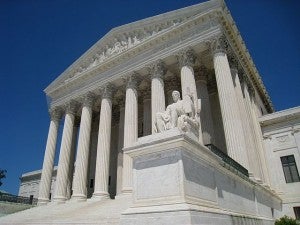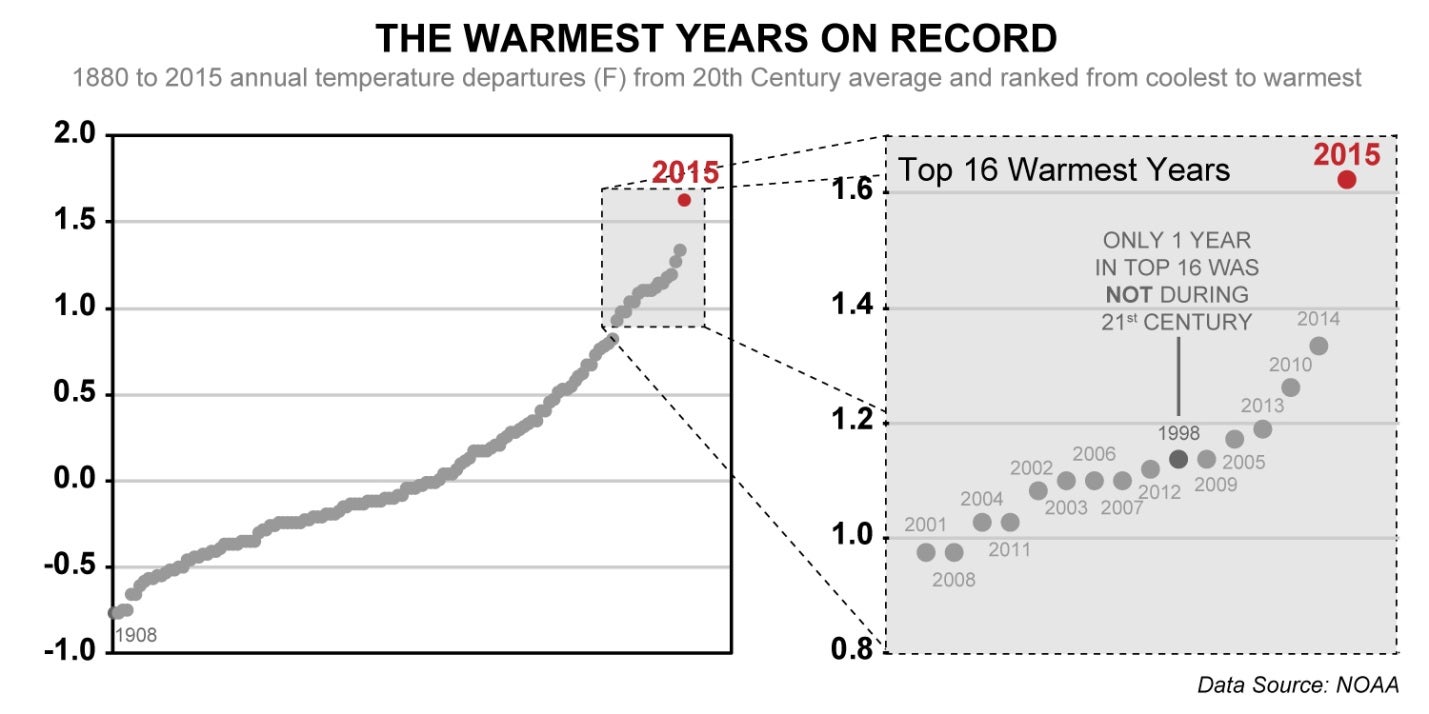Today, the Supreme Court issued an important decision in support of a vital clean energy resource: demand response. The case, FERC v. EPSA, revolves around demand response, a resource that helps keep prices low and the lights on, all while being environmentally friendly.
It’s a significant victory for anyone in favor of a cleaner, cheaper, accessible, and more reliable grid. That describes a diverse group — consumer advocates, environmentalists, economists, states, grid operators, and leading legal scholars all filed in support of a critically important and well-designed policy creating access for demand response in wholesale energy markets.
How Demand Response Works
The incredible support for demand response exists because of how the resource works. Demand response reduces energy demand when power is needed most, rather than increasing supply from costly, carbon–emitting fuels. It relies on people and technology, not power plants, to affordably meet our country’s rising electricity needs. Think of it like crowd-sourced energy reductions, helping to reduce costs for everyone by taking the place of very expensive generation.
The Supreme Court Case
The Federal Energy Regulatory Commission (FERC) is the federal agency responsible for keeping our electricity rates “just and reasonable” (that is, fairly priced). FERC created Order 745 to further that goal, with the Order giving demand response access and equal footing in wholesale energy markets, where electricity is bought and sold. It levels the playing field between demand response and traditional sources of electricity, letting the resource compete alongside others.
And demand response has done more than compete – it’s reduced our use of unneeded, costly electricity – the exact type of electricity that should be limited if one wants “just and reasonable” rates.
In a strong, 6-2 decision written by Justice Kagan and joined by Chief Justice Roberts and Justices Kennedy, Ginsburg, Sotomayor, and Breyer, the Supreme Court ruled in favor of FERC, stating that “[w]e will not read [FERC’s authority], against its clear terms, to halt a practice that so evidently enables the Commission to fulfill its statutory duties of holding down prices and enhancing reliability in the wholesale energy market.”
Continuing Demand Response Benefits
The Supreme Court’s decision ensures that demand response will keep providing important benefits — and these benefits are numerous. For example, demand response saved customers $11.8 billion in the mid-Atlantic region of the United States in 2013 alone. It likewise helped avoid blackouts during the polar vortex in 2014. And it gives customers the choice and opportunity to save money – for the grid and themselves – by taking part in demand response programs. All this, while being environmentally friendly and carbon reducing.











